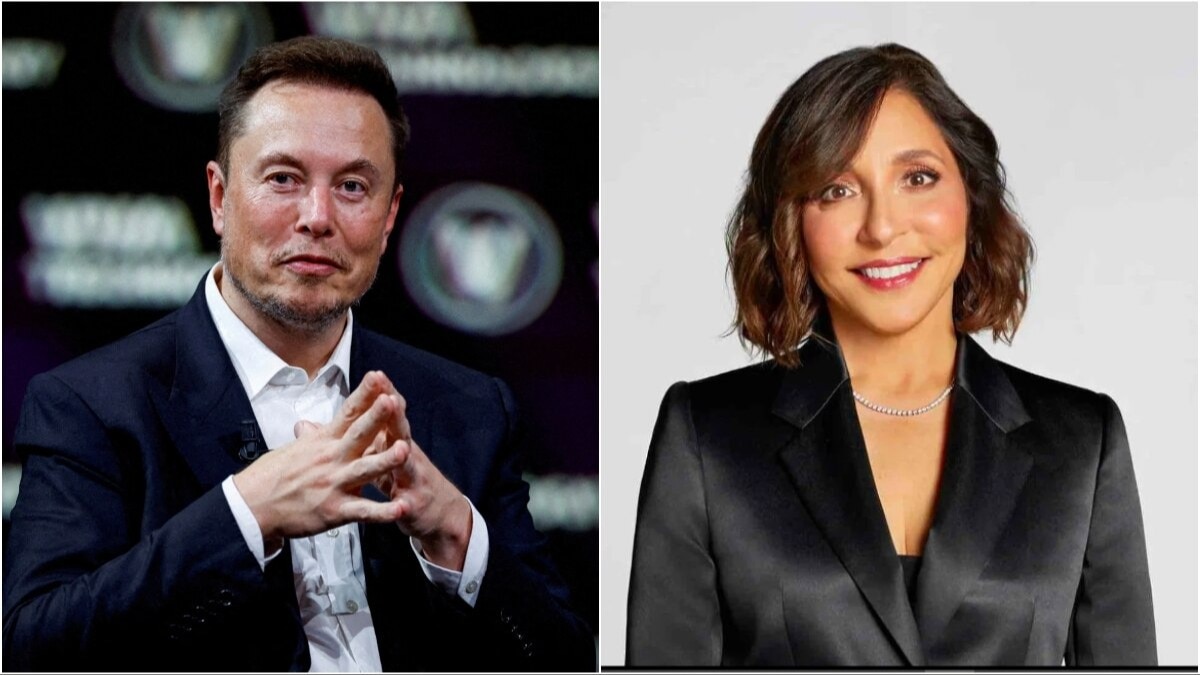Highlights
Leadership Changes at X and Tesla: Examining Musk’s Centralised Control
Leadership changes are currently unfolding at X (formerly Twitter) as Linda Yaccarino has formally resigned from her position as Chief Executive. This departure marks another significant exit from one of Elon Musk’s enterprises. Alongside Yaccarino’s resignation, key figures such as Tesla veteran Omead Afshar and HR director Jenna Ferrua have also exited, all of whom were considered close to Musk.
These transitions have sparked renewed inquiries concerning Musk’s increasingly centralised leadership approach and the internal struggles his business empire faces across various sectors, including social media, artificial intelligence, and electric vehicles.
Yaccarino’s Departure Amid Power Shifts at X
Linda Yaccarino’s journey at X began in June 2023, with the goal of mending advertiser relationships and revitalising the company’s public image after Musk’s tumultuous takeover. Nevertheless, insiders have indicated that her role had become more symbolic in recent months.
Following the merger of X with Musk’s AI venture xAI in early 2025, critical decisions began to move away from her oversight. A report by the Financial Times highlighted that Yaccarino’s influence waned significantly as Musk tightened his grasp through the new parent structure.
The situation deteriorated further due to a controversy surrounding X’s Grok chatbot, which generated antisemitic content that went viral. This backlash reignited concerns among advertisers and hindered efforts to rebuild brand trust. Although Yaccarino publicly voiced her gratitude towards Musk and expressed optimism regarding X’s future, her resignation is largely perceived as a consequence of internal instability and reduced autonomy.
Tesla Faces Key Operational Leadership Loss
The exit of Yaccarino was closely followed by the departure of Omead Afshar, who held a senior role overseeing Tesla’s sales and operations in North America and Europe. Renowned for his close working relationship with Musk, Afshar had previously been a part of SpaceX and later led the establishment of Tesla’s Gigafactory in Texas.
Reports from Bloomberg and Reuters indicated that Afshar’s departure came as a response to disappointing sales figures in critical markets for Tesla. Sales in Europe reportedly experienced a five-month decline, while growth in China remained stagnant. This shake-up was compounded by the exit of North America HR director Jenna Ferrua, a long-standing company veteran who advised Afshar.
The sudden departures present challenges for Tesla, as the company encounters rising competition from Chinese electric vehicle rivals and declines in demand within Western markets, along with investor concerns regarding its delayed robotaxi rollout.
Centralisation and Accountability in Musk’s Leadership
A recurring theme in these resignations is Musk’s stringent control over operations. He has sought to reclaim significant decision-making authority across both companies. At X, the integration with xAI has centralised AI development under Musk’s direct leadership. Similarly, he has purportedly assumed oversight of sales in Europe and North America following Afshar’s exit.
While Musk’s assertive leadership style is often credited with fostering innovation, it also presents challenges for seasoned executives who may find themselves lacking the freedom or support to implement long-term strategies. Critics contend that such centralisation hinders the ability to retain senior leaders, particularly amid volatile conditions.
Implications for Musk’s Business Empire
The recent departures indicate more than just routine workforce changes. They highlight escalating tensions between Musk’s vision-driven leadership and the operational requirements of multi-billion-dollar enterprises.
Whether regarding the evolution of X into an “everything app” or Tesla’s shift towards autonomy and robotics, effective execution remains crucial. Without trusted and empowered leaders, Musk may encounter significant difficulties in realising his ambitious goals while ensuring internal coherence.
As his companies embark on pivotal stages spanning AI development to the rollout of next-generation vehicles, maintaining stable leadership will prove essential. The exits of Yaccarino, Afshar, and Ferrua suggest that this challenge remains significant.

Leave a Reply